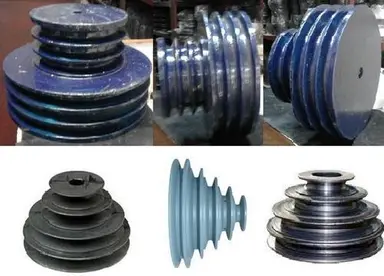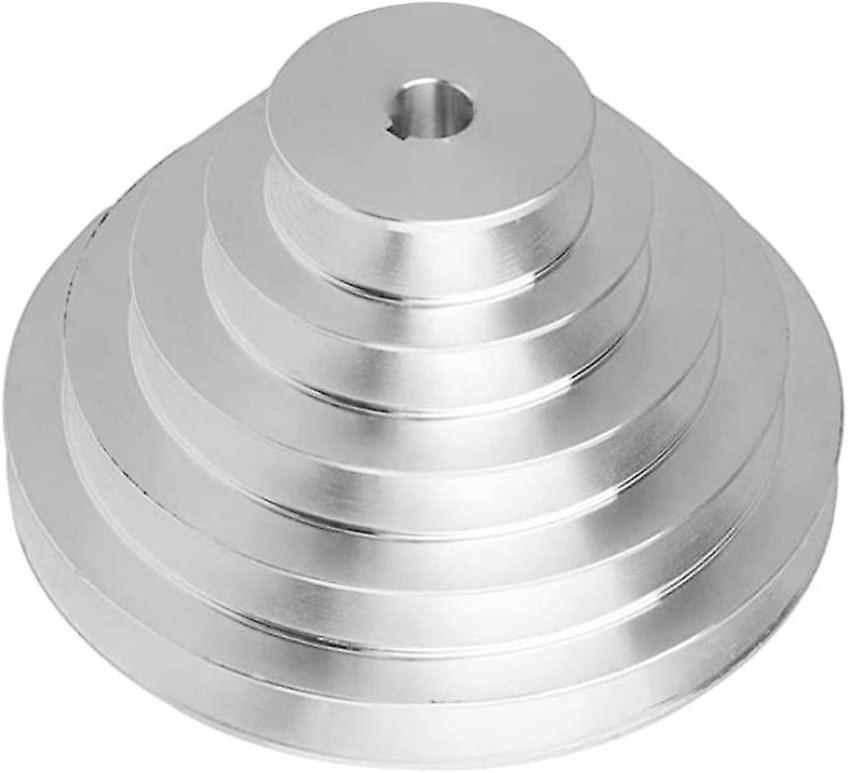Product Description
Surface treatment for CNC Machining part:
| 1 | Zinc/nickel/chrome plating |
| 2 | hot galvanized |
| 3 | painting |
| 4 | powder coating |
| 5 | Anodize Oxidation, or with colors: like silver, blue, red, etc. |
| 6 | plating, silver-plated, Gold-plated, etc |
| 7 | polishing |
| 8 | electrolytic polishing |
| 9 | sank without electricity nickel |
| etc | etc. |
HangZhou CHINAMFG Machinery Co., Ltd. is located in HangZhou, HangZhou. Based on the advantages of specialized talents, it has formed 4 professional project sections with excellent technical equipment, sound quality assurance system and standardized production environment: mechanical processing, sheet metal stamping production, Mold manufacturing, high-speed rice transplanter, with the high recognition of the majority of mature customers, cast the “Xin Rifeng” brand in the industry’s CHINAMFG position, and strive to build an intelligent manufacturing service system.
It is people-oriented, Difeng people focus on the production of high-quality rice transplanter planting department with high quality and advanced technology, all kinds of mold design, R&D and manufacturing required for sheet metal stamping; at the same time, develop continuous die and welding.
We always adhere to the customer’s position to solve the problem, the product to achieve process optimization, reduce costs, and continue to reduce materials for the purpose, so for the domestic major Asian high-speed main engine factory and high-speed rice transplanter market, some products are sold to Pakistan, Vietnam, Countries and regions such as India. It has successively become an excellent supplier of domestic famous enterprises such as Japanese Yanmar, Japan Kubota, Nideko Electric, Hailiwei and ZheJiang Xihu (West Lake) Dis.. The company has successively obtained the “HangZhou Small and Medium-sized Specialized Special New Product (Technology) Certificate” and “ISO9001 Quality Certification” and successfully registered the “Xin Rifeng” trademark.
Workshop equipment
Certifications
Packaging & Shipping
FAQ
Q1: Are you a factory or a trading company?
A1: We are a professional manufacturer of CNC parts for over 14 years.
Q2: How can I get quotation?
A2: Please help to send drawing (2D and 3D drawing) to us, so we can know the raw material, size and surface treatment, tolerance and other details of the product. And also inform us the quantity you need.
Q3: What kind of material you can process?
A3: Normally Aluminum alloy and stainless steel, but we also can do titanium alloy steel, copper alloy steel special alloy steel and non-metal material.
Q4: What is the minimum size tolerance you can do?
A4: The minimum size tolerance we can do is 0.001mm.
Q5: What is the biggest range you can do?
A5: The biggest range we can do is 1500mm.
Q6: Can you do precise and complicated CNC parts?
A6: Yes, we can do precise and complicated CNC parts by our 5/4/3 axis CNC machines
Q7: Can you accept sample order?
A7: Yes, we can do sample order per your requirement.
Q8:Can you accept custom packing?
A8: Yes, we can do custom packing as your requirement.
| After-sales Service: | Lifelong After-Sales Service |
|---|---|
| Application: | Cow |
| Power Source: | Electric |
| Heating and Ventilation Equipment Type: | Hot Blast Stove |
| Epidemic Prevention Equipment: | Aerosol Immune Machine |
| Certification: | CE |
| Samples: |
US$ 1/Piece
1 Piece(Min.Order) | |
|---|
| Customization: |
Available
| Customized Request |
|---|

What role do step pulleys play in achieving variable speed control in machinery?
Step pulleys play a crucial role in achieving variable speed control in machinery. Here’s how they contribute to this capability:
1. Speed Variation:
Step pulleys provide multiple steps or levels of different diameters. By changing the position of the belt or chain from one step to another, the effective diameter of the pulley is altered. This variation in diameter results in different speed ratios between the driving pulley and the driven pulley. By selecting different steps, the rotational speed of the driven component can be adjusted, allowing for variable speed control.
2. Manual Adjustment:
Step pulleys enable manual adjustment of the speed. Operators can easily and quickly change the speed by shifting the belt or chain to a different step on the pulley. This manual adjustment feature provides simplicity and convenience in achieving the desired speed for different tasks or operating conditions.
3. Speed Range:
The arrangement of steps on the pulley determines the available speed range. Step pulleys can be designed with a range of steps, each corresponding to a specific speed ratio. This allows for a wide range of speed options, making them suitable for applications that require variable speeds.
4. Incremental Speed Control:
Step pulleys offer incremental speed control. Each step on the pulley corresponds to a specific speed ratio, allowing for precise speed adjustments. Operators can select the step that provides the desired speed increment for the specific task at hand. This incremental control is particularly useful when fine-tuning the speed for optimal performance.
5. Adaptability:
Step pulleys are adaptable to different power transmission systems. They can be easily integrated into various machinery setups, allowing for variable speed control in a wide range of applications. Whether it’s in industrial machinery, woodworking equipment, or even domestic appliances, step pulleys provide a versatile solution for achieving variable speed control.
6. Energy Efficiency:
Variable speed control offered by step pulleys contributes to energy efficiency. By adjusting the speed to match the requirements of the task, unnecessary power consumption can be avoided. This energy-saving feature is beneficial in terms of reducing operating costs and promoting sustainability.
Overall, step pulleys are essential components for achieving variable speed control in machinery. Their ability to vary speed through manual adjustment and their adaptability to different systems make them a reliable and effective solution for applications that require flexible speed control.

Are there different types of step pulleys, and how do they vary in applications?
Yes, there are different types of step pulleys, and they vary in applications based on their design and features. Here are some common types of step pulleys and their respective applications:
1. Single-Step Pulleys:
Single-step pulleys have a single groove and are typically used in applications where a simple speed reduction or power transmission is required. They are commonly found in small machinery or equipment, such as benchtop tools, where only one fixed speed is needed.
2. Multi-Step Pulleys:
Multi-step pulleys have multiple grooves of varying diameters. They offer several speed options by positioning the belt on different steps of the pulley. These pulleys are widely used in drill presses, lathes, milling machines, and other machinery that require variable speed control. The ability to change the belt position allows for different speed settings to match specific machining operations or material characteristics.
3. Cone Pulleys:
Cone pulleys have a tapered shape, resembling a cone. They offer a continuous range of speed options by adjusting the position along the taper. Cone pulleys are commonly used in lathes, where the tailstock can be moved to change the position of the drive belt on the cone pulley, resulting in a variable speed control. They provide smooth speed transitions and are suitable for applications that require fine adjustments in speed.
4. Variable Speed Pulleys:
Variable speed pulleys, also known as stepless or infinitely variable pulleys, offer a continuous range of speed control without discrete steps. They consist of two pulleys connected by a belt or chain, with one pulley changing its diameter to vary the speed. These pulleys are commonly used in applications where precise speed adjustments are required, such as automotive engines, industrial machinery, and exercise equipment.
5. Timing Pulleys:
Timing pulleys have teeth or grooves that mate with corresponding teeth on a timing belt. They are used in applications where precise synchronization between the pulley and the driven component is necessary. Timing pulleys are commonly found in robotics, 3D printers, CNC machines, and other precision systems.
6. Step Pulley Systems with Backgear:
Some step pulley systems incorporate a backgear mechanism. Backgear allows for additional speed reduction, enabling the machine to operate at even lower speeds. These systems are commonly found in heavy-duty industrial machinery, such as large lathes or milling machines, where high torque and low-speed operations are required.
The selection of a specific type of step pulley depends on the desired speed range, the level of speed control needed, the nature of the application, and the specific machinery or equipment requirements. It is essential to choose the appropriate type of step pulley to ensure optimal performance and efficiency in the intended application.

What is a step pulley, and how does it function in mechanical systems?
A step pulley is a type of pulley that consists of multiple grooved steps or levels of varying diameters on a single pulley wheel. It is commonly used in mechanical systems to provide different speed ratios and adjust the rotational speed of driven components. Here’s how a step pulley functions:
1. Speed Variation:
The main function of a step pulley is to provide different speed ratios by changing the effective diameter of the pulley. The belt or chain used in the system can be moved from one step to another, altering the speed at which power is transmitted from the driving pulley to the driven pulley.
2. Multiple Speed Options:
Each step on a step pulley corresponds to a specific diameter, and thus, a specific speed ratio. By selecting different steps, the rotational speed of the driven component can be adjusted. This allows for multiple speed options without the need for complex transmission systems.
3. Manual Adjustment:
Step pulleys are manually adjustable, meaning the operator can change the speed ratio by physically moving the belt or chain to a different step on the pulley. This adjustability makes step pulleys versatile and suitable for applications where speed changes are required.
4. Mechanical Advantage:
Step pulleys can also provide mechanical advantage in certain applications. By selecting a smaller diameter step, the pulley can effectively increase torque while reducing the rotational speed. This can be advantageous in systems where high torque is required, such as in milling machines or lathes.
5. Simplified Design:
Step pulleys offer a relatively simple and cost-effective solution for speed variation in mechanical systems. Compared to more complex variable speed drives, step pulleys have fewer moving parts and are easier to maintain and repair.
6. Common Applications:
Step pulleys find applications in various machines and equipment, including drill presses, lathes, milling machines, and other power transmission systems where adjustable speeds are necessary.
It’s important to note that step pulleys are limited to discrete speed ratios determined by the available steps on the pulley. For more continuous speed control, other types of transmission systems like variable speed drives or electronic control systems may be required.


editor by CX
2023-09-30
